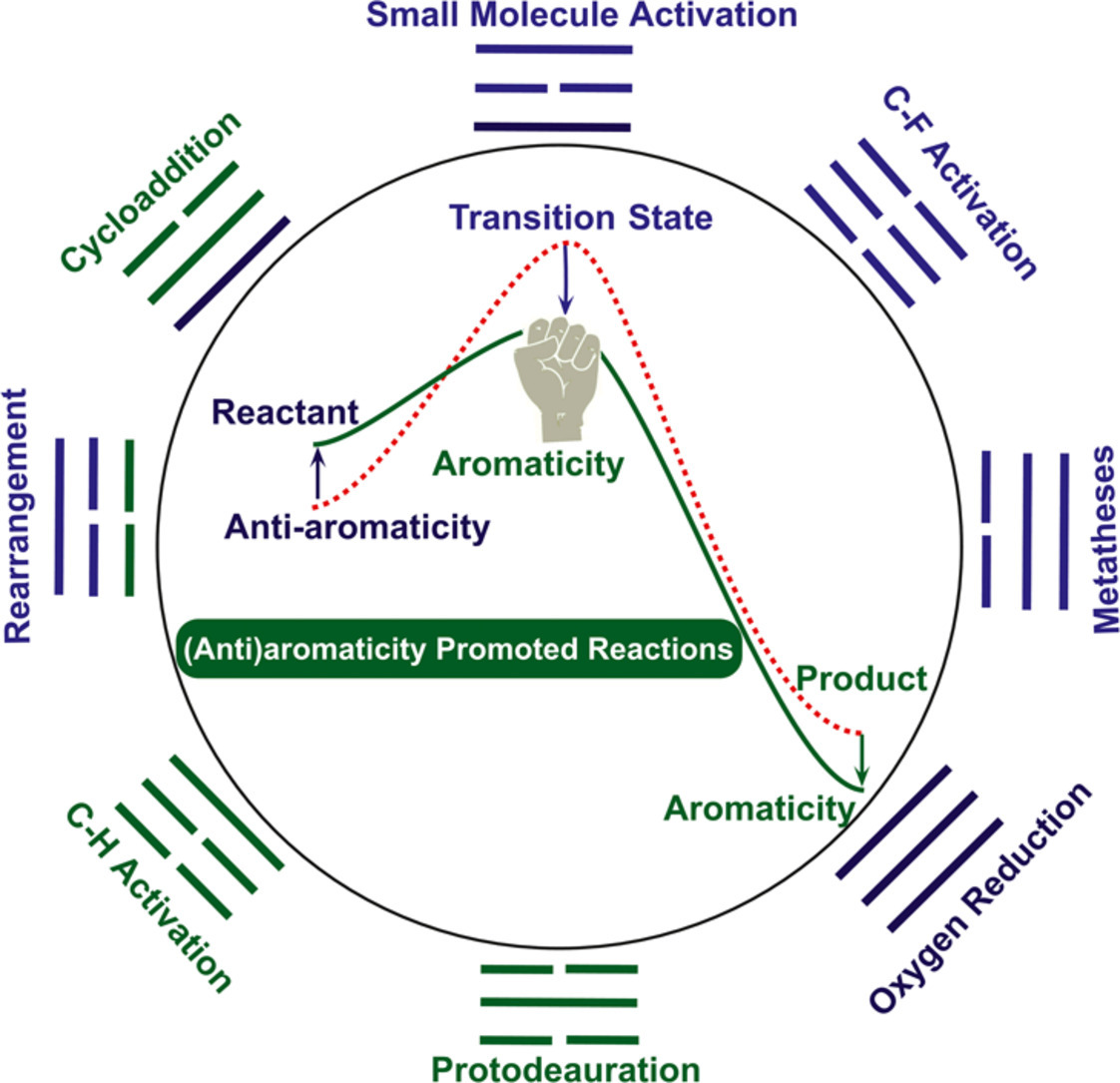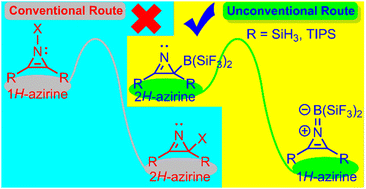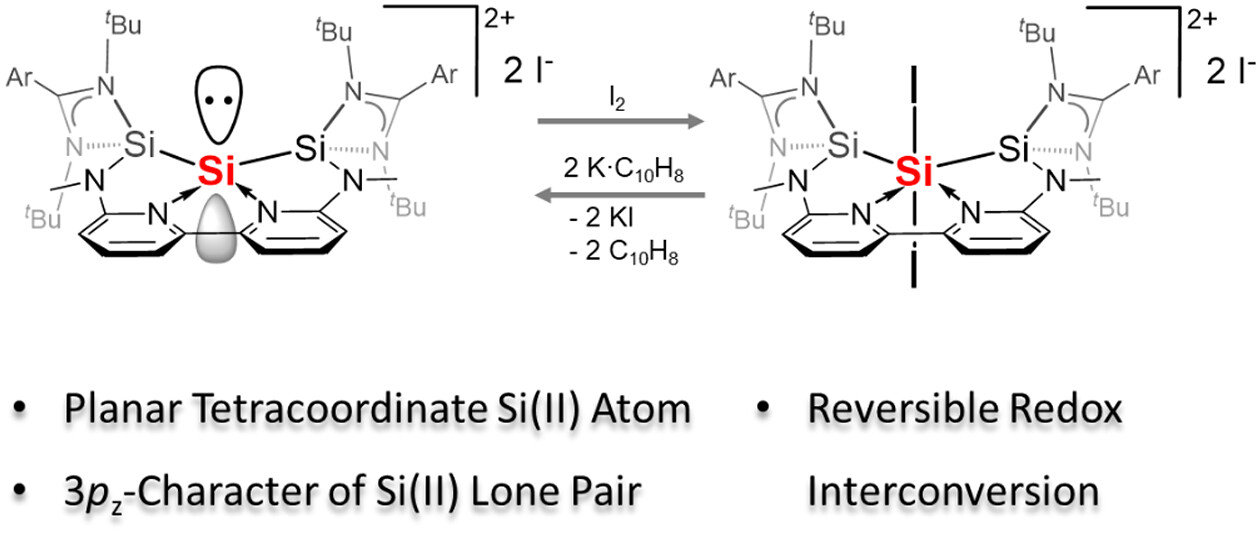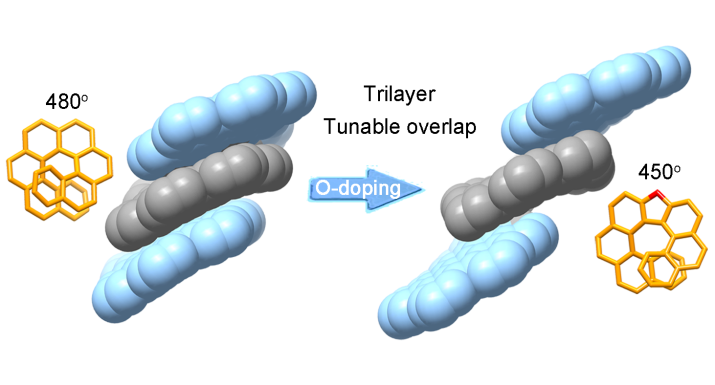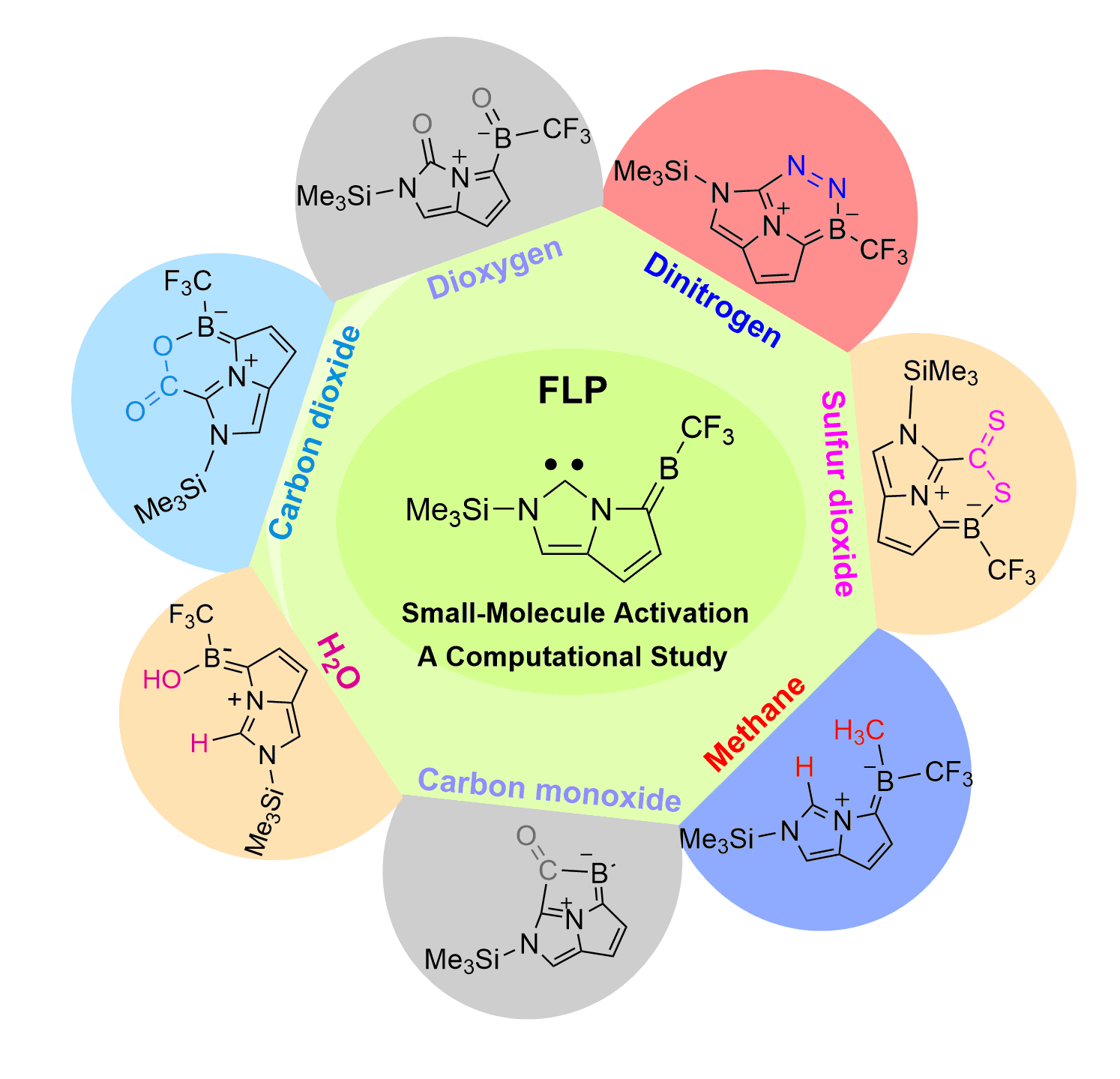Probing the Origin of Higher Efficiency of Terphenyl Phosphine over the Biaryl Framework in Pd-catalyzed C-N Coupling: A Combined DFT and Machine Learning Study
Submitted by Jun Zhu on Tue, 05/30/2023 - 18:59
The Pd-catalyzed Buchwald–Hartwig coupling reaction is important in the construction of the C-N bond due to various applications in organic synthesis. Quantum chemical calculations are widely used in understanding reaction mechanisms whereas the machine learning method is extremely popular in recognizing the relationships of data. Here, we combine density functional theory calculations with the support vector regression method to probe the origin of the higher efficiency of terphenyl phosphine ligand over the biaryl counterpart in the Buchwald–Hartwig C-N coupling reaction.


